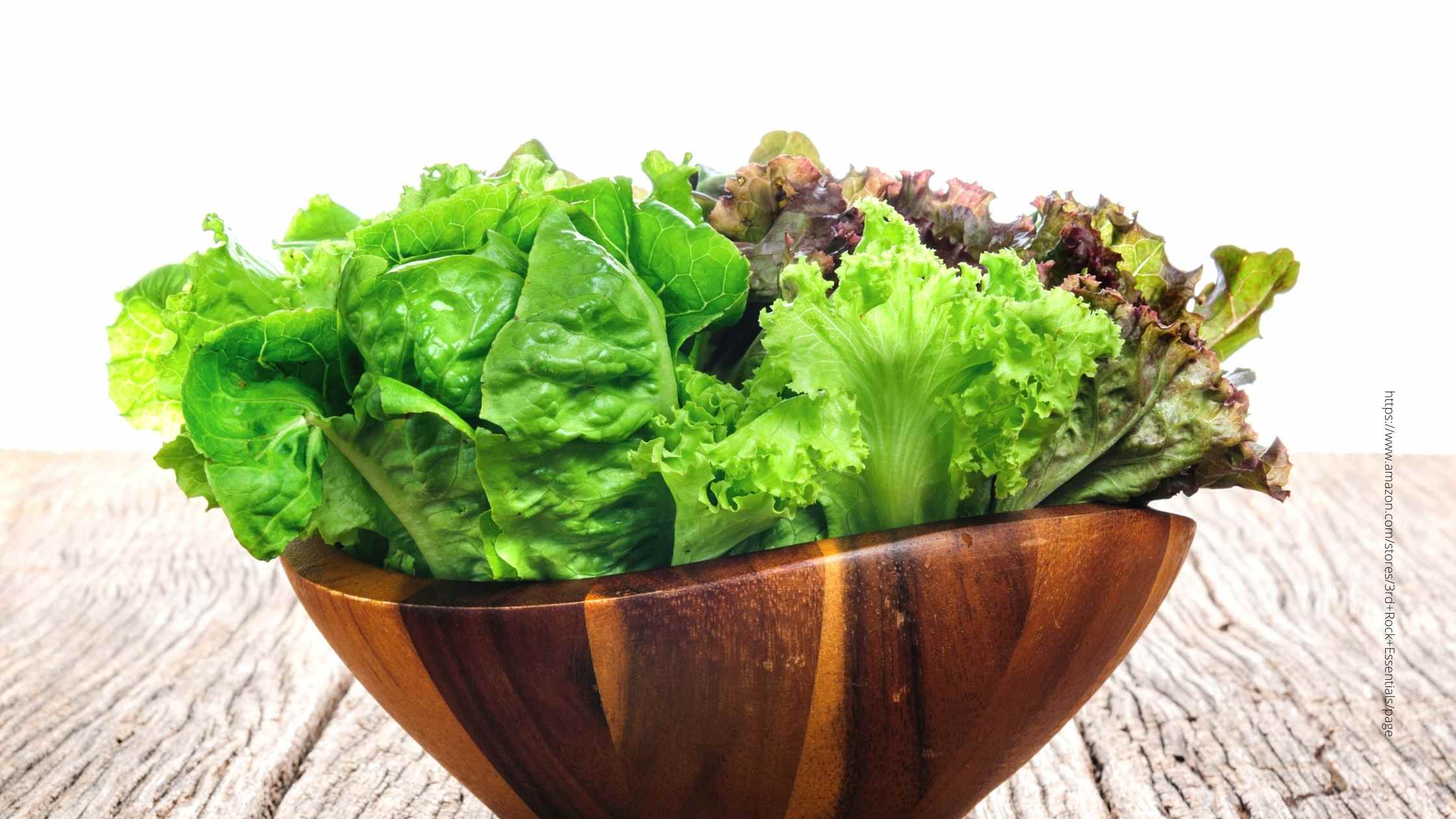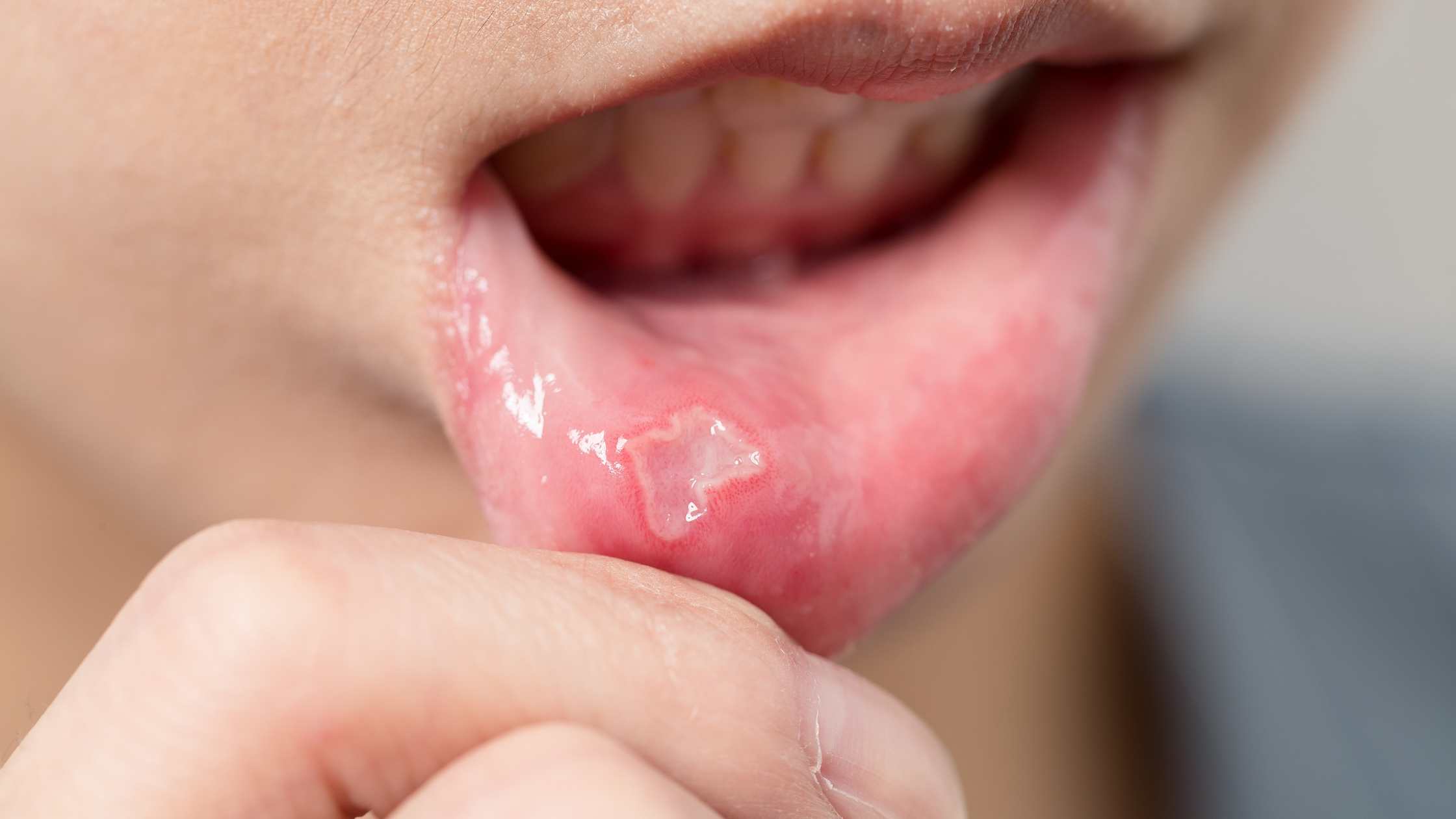Magnesium is a mineral that is found in the earth, in whole foods, and in our bodies. Although it is essential for maintaining optimal health, many Americans may not be getting enough magnesium in their diets.
The popularity of processed foods and refined grains in the grocery stores plus consuming a diet lacking in whole foods, like a variety of colorful fruits and vegetables, can lead to insufficient amounts of magnesium in your diet. When foods are processed and grains are refined, this results in the loss of important nutrients and minerals such as magnesium. Another contributing factor for a lack of magnesium in our diets is how modern agriculture and farming practices have degraded the soil. This has resulted in decreasing amounts of minerals and other nutrients found in fruits and vegetables. Studies have shown that the magnesium content in fruits and vegetables has decreased by 20-30% over the last 60 years.
Magnesium Health Benefits
Magnesium plays a fundamental part in our health including its crucial role in hundreds of enzymatic reactions in the body, the benefits for brain and cardiovascular health, blood sugar balance, and bone health. Additionally, magnesium may decrease depression, help reduce migraines, and promote better sleep. It’s also highly anti-inflammatory.
1. Magnesium’s Role in Enzymatic Reactions
The human body is sustained by the reactions of enzymes. Enzymes are biological molecules that require a cofactor or “helper molecule” to perform accelerated chemical reactions. Magnesium is an organic and metallic ion that plays a big role as a cofactor to enzymes and enzymatic reactions. These enzymatic reactions, that are essential for the human body to function, include
- energy production
- respiration
- digestion
- detoxification
- hormone production
- protein synthesis
- and cell growth to name just a few
An enzymatic reaction can even create movement to make your muscles contract. Enzymes rely on cofactors which can be from vitamins or essential minerals such as magnesium. Therefore, it is crucial to have a sufficient amount of such cofactors in order to allow these enzymes to perform their crucial functions.
2. Brain Health: Improving Cognition in Alzheimer’s Disease

When we hear about Alzheimer’s disease, the first thing that comes to mind is memory loss. Memory loss and behavioral changes are symptoms of Alzheimer’s disease due to the atrophy or shrinking of the hippocampus structure within the brain.
The hippocampus consists of two hippocampi located within inner portion of the temporal lobes of the brain. It is the portion of the brain responsible for forming new memories, emotions, and memory consolidation, which is taking new memories and sending them off to the cortex of brain for long-term memory storage.
Other causes of atrophy of the hippocampus include age or injury. Nutrients such as vitamins and minerals provide support for brain function. Magnesium is one of the essential minerals that provide this support. Studies have found that magnesium, when paired with the amino acid threonine, is delivered to the brain which resulted in the improvement of cognition. In his book, The End of Alzheimer’s Program, by Dr. Dale Bredesen, supplementing with magnesium L-threonate is recommended since it is a more neural bioavailable form.
3. More Brain Health: May Decrease Depression

Another area of interest in clinical trials involving magnesium is its effects on people dealing with mental disorders, particularly depression. Some studies have revealed lower levels of magnesium concentration in the blood serum of people with depression. It is known that the role magnesium plays in the brain includes its optimization for nerve transmission, it induces synaptic neuroplasticity, and it enhances the proliferation of stem cells and neurite growth.
Oral magnesium supplements are currently being used as non-pharmacologic treatment as well as with pharmacology in the treatment of depression and other psychologic disorders and have shown some promise in clinical settings. Moreover, a combination of increased dietary magnesium along with supplemental magnesium is encouraging for the improvement of depression.
4. Magnesium for Good Sleep

The quality of sleep may be affected by many factors such as stress, which raises cortisol levels, physiological issues such as restless legs syndrome, over-stimulation from electronic devices, and the environment in which you sleep. Having a good bedtime routine can help improve the quality of sleep.
Some good bedtime habits include turning of electronic devices off 30 or more minutes before bed and using blue light filters on electronic devices. You can minimize EMF exposure in your bedroom by turning off electronic devices and keeping them away from your bed, keeping your bedroom dark, and having a good routine to wind down before bedtime.
In addition to proper sleep hygiene, taking magnesium can help promote good sleep. Studies have shown that magnesium supplementation taken before bed could help with restless legs syndrome and provide a more restful sleep. Magnesium’s role in improving sleep quality has also been demonstrated by its ability to increase melatonin and decrease circulating cortisol.
5. Magnesium’s Role in Cardiovascular Health and Anti-Inflammatory Effects
A healthy working heart and vascular system relies on many working parts to supply the organs, and tissues of your body with blood containing nutrients and oxygen. In return, blood containing carbon dioxide is pumped to the lungs to be exhaled. Magnesium is essential for the functions of the heart and vasculature, helping to regulate the electrical activity of the heart which is responsible for controlling the rate and rhythm of the heartbeat.
It also influences the heart’s ability to contract and has anti-inflammatory properties to promote vasodilation. Magnesium deficiency can contribute to oxidative stress which can lead to a serious condition of inflammation of the endothelium, the single-celled layer lining of the blood vessels and arteries. This level of inflammation can lead to irregular heart rhythm, cardiac shock or heart failure. Magnesium also has been shown to be beneficial for blood pressure maintenance by inducing vasodilation.
6. Magnesium May Prevent Migraines

Debilitating and painful, migraine headaches are caused by an instability of blood vessels in the head. This can be described as excessive constriction of blood vessels in the head and followed by increased blood flow.
Migraines can have many factors leading to their onset including
- food allergies
- food additives
- stress
- hormonal changes
- lack of sleep
- eye strain
- and barometric pressure changes in the weather.
Low levels of magnesium in cerebral spinal fluid can result in neuronal excitability for some migraine sufferers. During a migraine episode a person can suffer low blood pressure and be lacking in nitric oxide which the body produces to support vasodilation which modulates blood flow to the brain.
Clinical application of magnesium used intravenously in the form of magnesium sulfate has been used to treat migraine patients. Increasing dietary magnesium and supplementing with magnesium may help with the prevention of migraines.
7. Role in Bone Health

The human skeletal system of bone structure is continuously changing by a process called bone remodeling. During this process, bone tissue is removed by osteoclasts and new bone tissue is formed by osteoblasts. Sufficient magnesium supports the process of new bone tissue whereas a deficiency of magnesium is associated with increased osteoclastic bone resorption.
This means that more bone is taken away than new bone mineralization, or new bone formation. Osteoporosis can happen when this imbalance occurs, resulting in weakness and fragility to the bone structure. Studies have shown a low magnesium status in women with osteoporosis. Low magnesium in men also shows a correlation of increased fracture risk.
8. Role in Blood Glucose (Sugar) Balance

Glucose is the body’s main source of energy, it comes from the breakdown of the food we eat, primarily carbohydrates. The presence of glucose in the bloodstream signals the pancreas to secrete insulin, a hormone that regulates blood glucose levels and helps deliver glucose to the cells in your muscles, fat, and liver where it is used or stored as glycogen.
When blood glucose gets low, stored glycogen can be converted into glucose for energy. When blood glucose levels remain high, insulin signaling can get disrupted and the uptake of blood glucose from the muscle, fat, and liver cells becomes impaired, resulting in the resistance of insulin’s normal function. Insulin resistance can lead to metabolic syndrome, prediabetes, or type II diabetes.
Studies and clinical trials have associated magnesium deficiency with increased risks in these diseases brought on by blood glucose dysregulation. Magnesium is essential in its role of glucose regulation and homeostasis actions of insulin.
Sources of Magnesium
Many health conditions have been associated with low levels of magnesium,
which may be remedied by including more magnesium-rich foods in our diet. Some of the best food sources of magnesium include leafy greens, nuts and seeds, whole grains, beans, and even dark chocolate.
The graph below demonstrates some the best food sources and amounts of magnesium from these foods:
Food | Amount | Amount of magnesium |
Swiss Chard (cooked) | 1 cup | 172 mg |
Boiled spinach | 1 cup | 157 mg |
White beans | ½ cup | 190 mg |
Black beans | ½ cup | 171 mg |
Pumpkin seeds | 1 oz (142 seeds) | 168 mg |
Brazil nuts | 6 nuts | 107 mg |
Almonds | 1 oz (23 nuts) | 77 mg |
Mackerel fish | 3 oz cooked | 82 mg |
Avocado | 1 fruit | 58 mg |
Dark Chocolate 70-85% cacao | 1 oz (1/3 of a bar) | 76 mg |
In addition to increasing dietary magnesium, taking magnesium supplements might be needed when dealing with certain health conditions.
Magnesium supplementation is available in different forms
- magnesium citrate
- magnesium glycinate
- magnesium threonate
- and magnesium malate
Various magnesium supplement formulations can vary in their absorption in the small intestine. More research is still needed to learn if the bioavailability of a certain supplement formula is affected.
It is best to not exceed the recommended dosage of a supplement. It is also good to check with a health care professional about taking a new supplement, especially if you are taking prescribed medications. Health science has gained great awareness of the effects of magnesium deficiency and how to improve levels of this essential mineral to optimize health.
By Lynette Scalora-Palacios
Lynette Scalora-Palacios, NC, FNLP, certified ReCODE 2.0 practitioner, and owner of Holistic Harmony Nutrition believes in the power of good nutrition and lifestyle habits for healthy aging. Her practice focuses on the prevention of Alzheimer’s disease and the reversal of mild cognitive impairment through Dr. Dale Bredesen’s ReCODE 2.0 program.
[expand title="Sources"]
Botturi, A., Ciappolino, V., Delvecchio, G., Boscutti, A., Viscardi, B., & Brambilla, P. (2020). The Role and the Effect of Magnesium in Mental Disorders: A Systematic Review. Nutrients, 12(6), 1661. https://doi.org/10.3390/nu12061661
Bredesen, D (2017). The end of alzheimer’s. New York, NY: Penguin Random House LLC.
Bredesen, D (2020). The end of alzheimer’s program. New York, NY: Penguin Random House LLC.
de Baaij, J. H., Hoenderop, J. G., & Bindels, R. J. (2015). Magnesium in man: implications for health and disease. Physiological reviews, 95(1), 1–46. https://doi.org/10.1152/physrev.00012.2014
Liu, G., Weinger, J. G., Lu, Z. L., Xue, F., & Sadeghpour, S. (2016). Efficacy and Safety of MMFS-01, a Synapse Density Enhancer, for Treating Cognitive Impairment in Older Adults: A Randomized, Double-Blind, Placebo-Controlled Trial. Journal of Alzheimer's disease: JAD, 49(4), 971–990. https://doi.org/10.3233/JAD-150538
Murray, M. Pizzorno, J (2012). The encyclopedia of natural medicine. New York, NY: Atria
Nakrani MN, Wineland RH, Anjum F. Physiology, Glucose Metabolism. [Updated 2022 Jul 25]. In: StatPearls [Internet]. Treasure Island (FL): StatPearls Publishing; 2022 Jan-. Available from: https://www.ncbi.nlm.nih.gov/books/NBK560599/
Razzaque M. S. (2018). Magnesium: Are We Consuming Enough?. Nutrients, 10(12), 1863. https://doi.org/10.3390/nu10121863
Tarleton, E. K., & Littenberg, B. (2015). Magnesium intake and depression in adults. Journal of the American Board of Family Medicine: JABFM, 28(2), 249–256. https://doi.org/10.3122/jabfm.2015.02.140176Retrieved on 1/17/2023 from: https://lpi.oreg
[/expand]























































